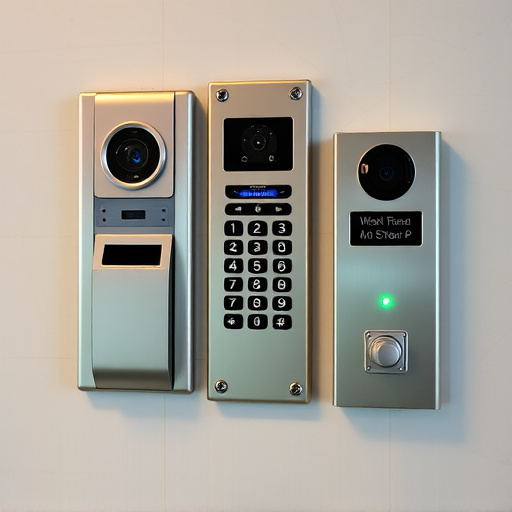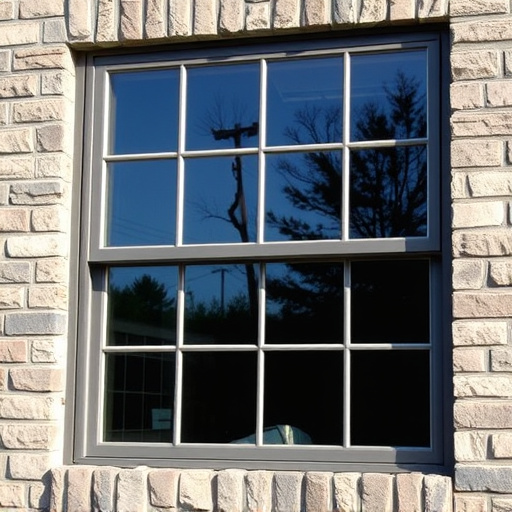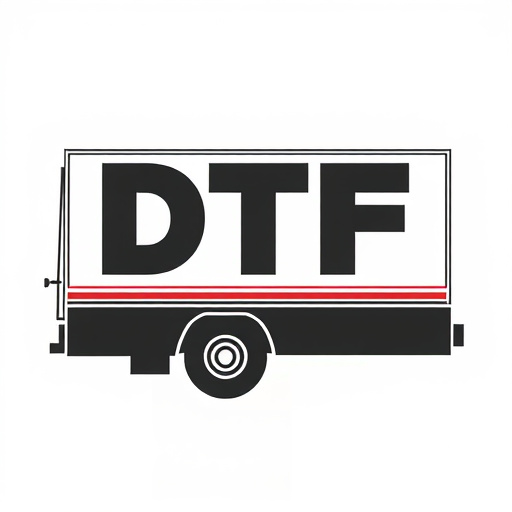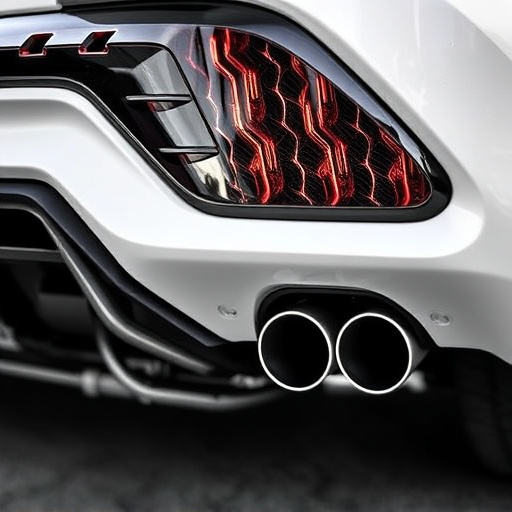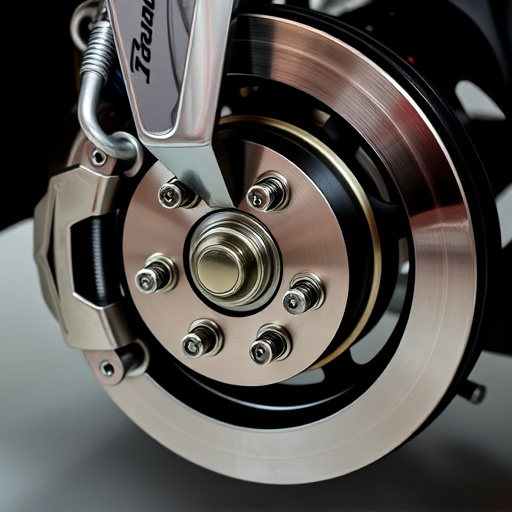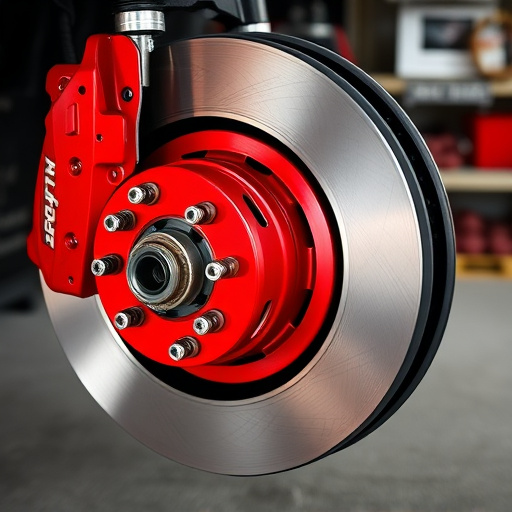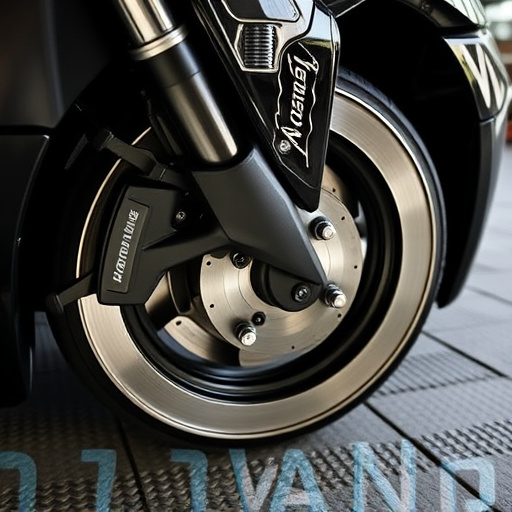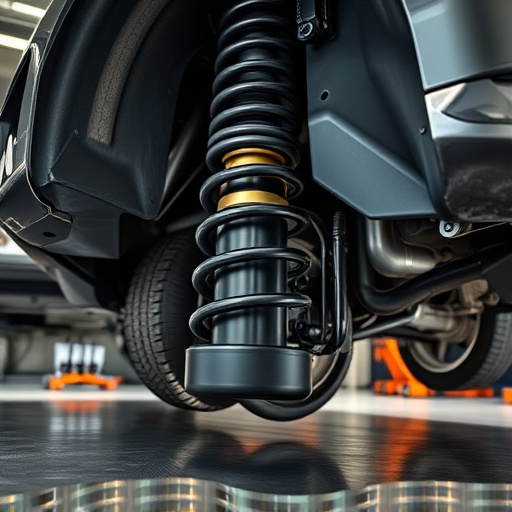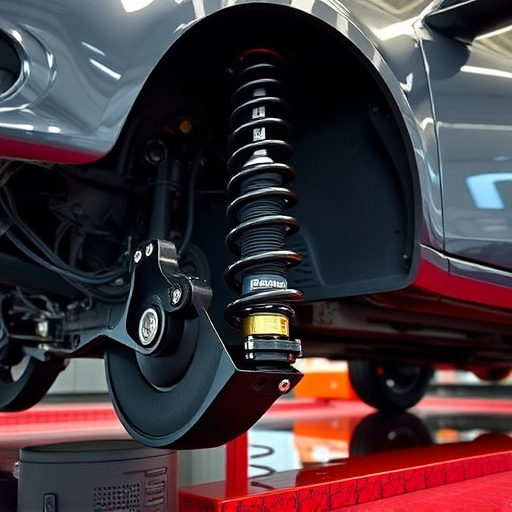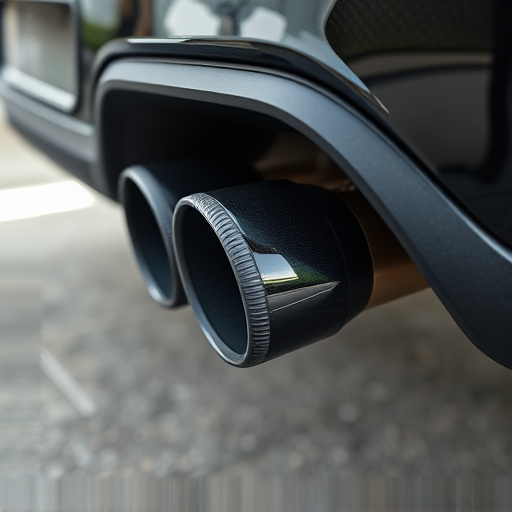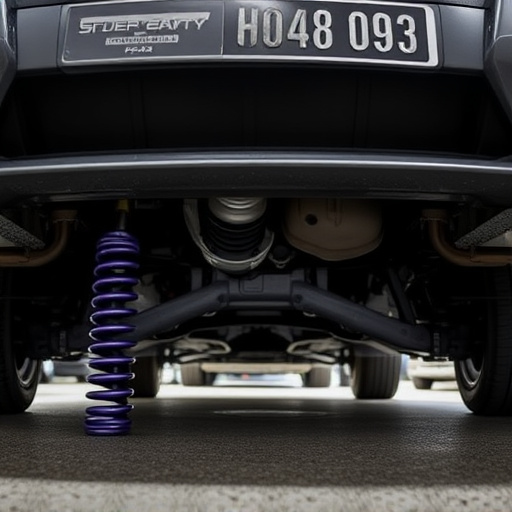The cold air intake (CAI) filter is a vital component for engine performance and efficiency, drawing in cool, clean air. Regular maintenance, including timely replacement with high-quality filters, prevents clogging from dust or debris, which can decrease performance and fuel efficiency. Issues like defective filters or poor installation may affect exhaust systems and other components, hence the importance of inspections using top-tier filter kits for sustained engine health and peak performance. Troubleshooting involves observing engine performance changes, checking for visible debris, measuring airflow with an airflow meter, inspecting for obstructions and suspension wear, and regularly replacing filters (every 10-15K miles) to ensure optimal vehicle condition and performance, especially in dirty conditions.
Troubleshooting your car’s cold air intake (CAI) filter issues is crucial for maintaining peak engine performance. This comprehensive guide will walk you through understanding the role of your CAI filter, identifying common problems, and providing a step-by-step diagnosis process.
Learn how to replace and maintain your filter effectively to ensure optimal airflow and power, enhancing your driving experience. Get ready to tackle any CAI-related issues head-on!
- Understanding Your Cold Air Intake Filter: Its Role and Common Problems
- Diagnosing Issues: Step-by-Step Guide to Troubleshooting
- Effective Solutions: How to Replace and Maintain Your Filter for Optimal Performance
Understanding Your Cold Air Intake Filter: Its Role and Common Problems
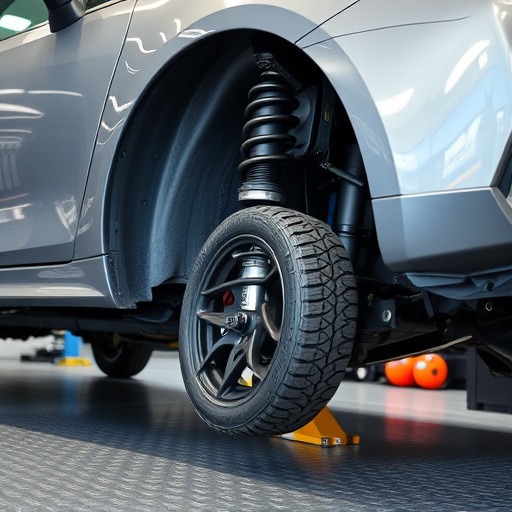
The cold air intake (CAI) filter is a vital component in your vehicle’s engine performance and efficiency. Its primary role is to draw in cool, clean air from outside the engine compartment, ensuring that the engine receives an adequate supply of oxygen for optimal burning. This process not only enhances fuel combustion but also reduces internal engine temperatures, thereby improving overall engine health. A well-maintained CAI filter can significantly boost your vehicle’s power and torque, making it a popular modification among car enthusiasts.
While designed to improve performance, CAI filters can encounter several issues over time. Common problems include clogging due to dust, dirt, or debris from the external environment, which reduces airflow. This restriction can lead to decreased engine performance and fuel efficiency. Other issues may arise from manufacturing defects, poor-quality materials, or incorrect installation, potentially causing problems with the vehicle’s exhaust systems or other critical components like brake parts. Regular inspection and timely replacement of your CAI filter using high-quality air filter kits are essential practices for maintaining peak engine performance and extending the life of related components.
Diagnosing Issues: Step-by-Step Guide to Troubleshooting
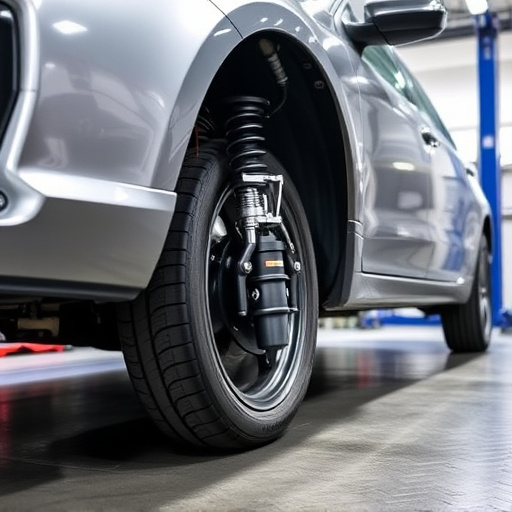
When troubleshooting issues with your cold air intake filter (CAI), start by observing any changes in engine performance. A CAI that is clogged or obstructed can restrict airflow, leading to a loss of power and efficiency. Check for visible debris, such as dirt or dust, on the filter media. If the filter appears dirty, clean it according to the manufacturer’s instructions or replace it if it’s beyond repair.
Next, ensure proper air flow through the intake components. Use an airflow meter to measure the velocity of air entering the engine. Compare these readings against the vehicle’s specifications. If there’s a significant drop in airflow, inspect for obstructions like loose debris or damage to the intake tubes and filters. Additionally, consider checking suspension components, as issues with coilover kits or other parts can also affect air flow. Look for signs of wear, leaks, or misalignment that might disrupt the normal path of cold, clean air into the engine.
Effective Solutions: How to Replace and Maintain Your Filter for Optimal Performance
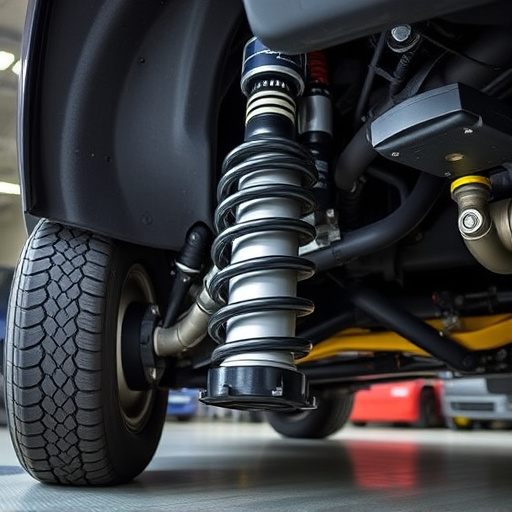
Maintaining your cold air intake filter is an essential part of keeping your vehicle running smoothly and optimizing its performance. Regular replacement is crucial as filters collect dust, dirt, and debris over time, restricting airflow and reducing efficiency. To ensure optimal performance, consider these effective solutions for replacing and maintaining your cold air intake (CAI) filter.
First, locate your CAI filter, typically found near the engine or in the intake manifold. Remove the old filter by unscrewing or unclipping it, taking care not to damage any surrounding components. Clean the filter housing with compressed air or a mild cleaning solution to remove any accumulated contaminants. Once clean, install the new filter, ensuring it fits securely and properly. Regular cleaning or replacement every 10,000 to 15,000 miles is recommended, but check your vehicle’s owner manual for specific guidelines, especially if you drive in dusty or dirty conditions. Remember that a well-maintained cold air intake system, paired with high-quality coilover kits, can significantly contribute to enhanced vehicle performance and fuel efficiency.
Troubleshooting issues with your cold air intake (CAI) filter is a key step in ensuring optimal engine performance. By understanding the role of this component and common problems, you can effectively diagnose and resolve issues using simple tools and techniques. Regular maintenance, including timely replacement, will keep your CAI filter functioning efficiently, enhancing overall vehicle performance and fuel economy. Remember, a well-maintained cold air intake filter is crucial for sustaining your engine’s health and power.
